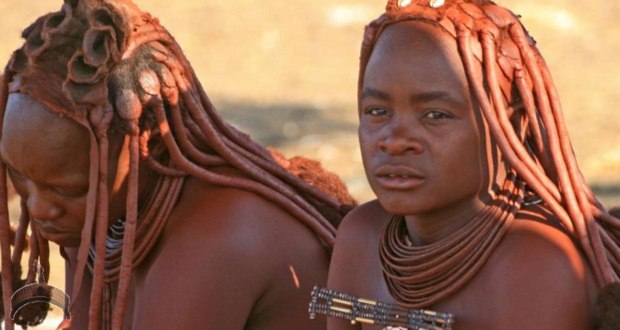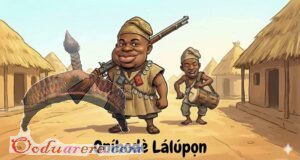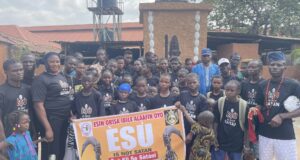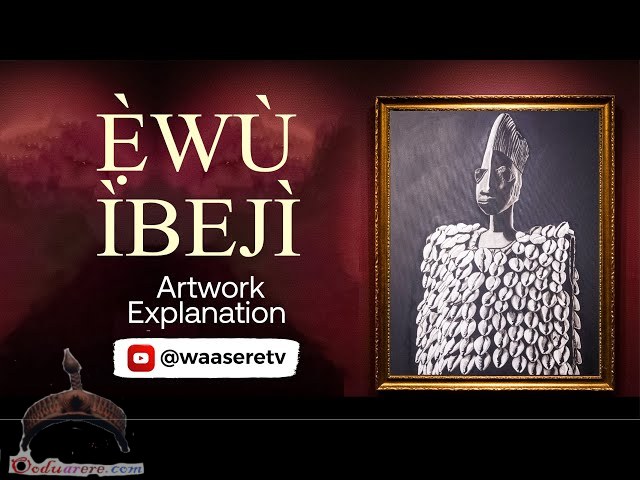The interesting and unique people of the Himba race inspired the character ‘Binti’ in Nnedi Okorafor’s novella trilogy ‘Binti’. Many fascinating facts about the Himba people, who are also the most photographed race in Africa, make it imperative to meet the people of the race .
Down in the Kunene and Omusati regions of Northern Namibia, are the semi-nomadic people of Ovahimba and Ovazimba races.
With a population of over 50,000, the women engage in the daily activity of milking their cows, taking care of the children and other extensive duties while the men go hunting leaving, sometimes, for an extended period of time. These nomads’ wealth is determined by the number of cattle one has. A polygamous people, the Himba girls are married off to male partners selected by their fathers once they attain puberty.
Most of their cultures have been upheld despite western influence and agitation. Among these is the “Man comes first” tradition. The woman has little or no opinion in the decision making. Submission to her husband’s demands come first.
When a visitor comes knocking, a man shows his approval and pleasure of seeing his guest by giving him the Okujepisa Omukazendu treatment — the wife is given to his guest to spend the night while the husband sleeps in another room. In a case where there is no available room, her husband will sleep outside. This, apparently, reduces jealousy and fosters relationships.
Another is the “bathing is forbidden” rule. Rather than take their baths, the women take a smoke bath and apply aromatic resins on their skin.
They are also guided by the belief that the colour red signifies “Earth and blood”.
Their red skin is one of the things that make them extremely unique. The red colour is from the otjize paste (a combination of butterfat, omuzumba scrub and ochre) and its function is to protect their skin from the sun and insect bites.
Himba Influence in African Literature
The Himba people haven’t been represented a lot in Literature. However, in Nnedi Okorafor‘s fantasy novella Binti, the lead character ‘Binti’ is of the Himba poeple.
Okorafor describes the race as a “race in Namibia who use ‘sweet smelling otjize’, a mixture of ochre and butterfat over their skin, rolling it into their hair as protection against the desert sun”. In the novella, the Himba don’t travel, which directly contrasts the real Himba people who are nomads.
 Ọmọ Oòduà Naija Gist | News From Nigeria | Entertainment gist Nigeria|Networking|News.. Visit for Nigeria breaking news , Nigerian Movies , Naija music , Jobs In Nigeria , Naija News , Nollywood, Gist and more
Ọmọ Oòduà Naija Gist | News From Nigeria | Entertainment gist Nigeria|Networking|News.. Visit for Nigeria breaking news , Nigerian Movies , Naija music , Jobs In Nigeria , Naija News , Nollywood, Gist and more









